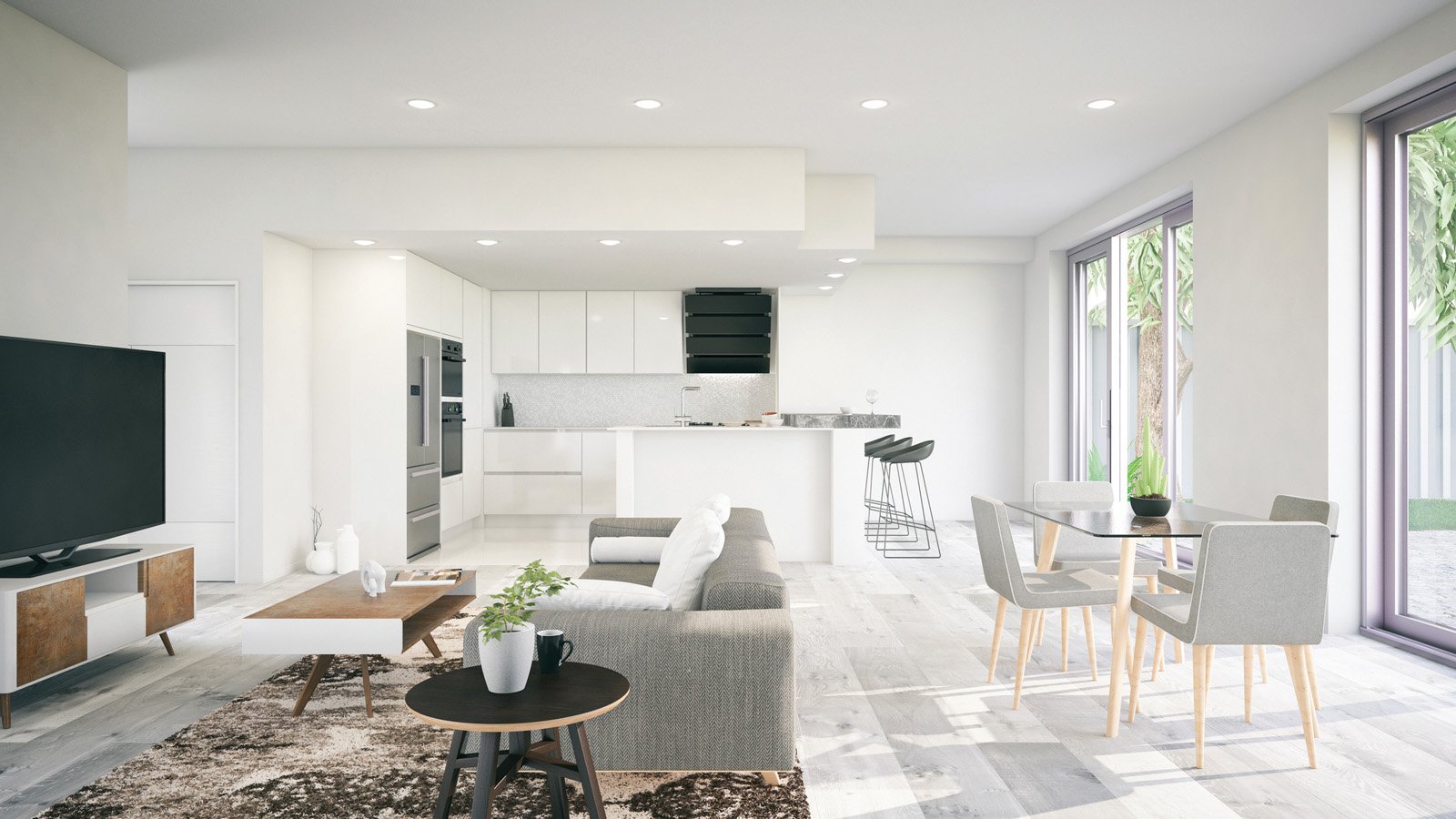Healthy Lighting
Few things in life are as reliable as the sun’s path across the sky. This routine ebb and flow of light synchronizes our internal, biological clock.
Known as the circadian system, it’s a critical element to whole body health controlling things like sleep/wake cycles, eating habits, digestion, and body temperature, according to the National Sleep Foundation. With Americans spending roughly 90% of their time indoors, as reported by the Environmental Protection Agency, circadian rhythm disruption is emerging as a serious issue to overall wellness.
Professor and director of the Mount Sinai Light and Health Research Center at the Icahn School of Medicine at Mount Sinai in New York City, Mariana G. Figueiro, Ph.D., discusses what you need to know about healthy lighting and circadian rhythms.
Q: What is Healthy Lighting?
A: To me, it’s as simple as bright days and dark nights. It’s not complicated. One needs robust daily light-dark patterns that are maintained with regularity. A bright, sunny day provides 80,000-100,000 lux at the eyes. A cloudy day is 5,000-10,000 lux. Indoor office environments provide 200-300 lux at the eye and homes are typically around 50-100 lux. There is no substitute for being outside.
Q: What does this mean for people?
A: It means we may be in continuous circadian darkness. Increase your daytime, outdoor light exposure and minimize light in the evening by dimming your lights. Your circadian system is looking for contrast between light and dark. If you don’t get enough bright light during the day, your system becomes more sensitive to light in the evening, increasing the chances of circadian disruption. The more light you get during the day, the less sensitive you will be to light at night, which can reduce the risk for circadian disruption.
Q: Our lives revolve around indoor environments. Do you have strategies to help keep our circadian rhythms synchronized with daily cycle?
A: Yes! Start with behavioral changes. Go outside as much as possible. Morning light is best and getting outside in the morning can resynchronize your circadian system. If you can’t get outside, try and sit by a window. If that isn’t an option, crank up the indoor lights! You want light that reaches your eyes. Add table lamps close to where you spend your days. To minimize glare, think layers of light for your indoor environment.
The Takeaway
Healthy lighting does not have to be complicated. Getting enough natural light is paramount to your circadian system. Additionally, there are indoor lighting strategies that may help you feel good. Circadian lighting technology works to change the color of white light over the day. For many people, this change of spectrum can feel nice and send the message that it’s time to wind down in the evening and encourage a more restful night of sleep. Smart lighting technology can also dim evening lights automatically, which may be easier for the user than doing it manually. Look for a showroom that lets you experience circadian lighting so you can see if it will help improve your daily routine in a healthful way.



